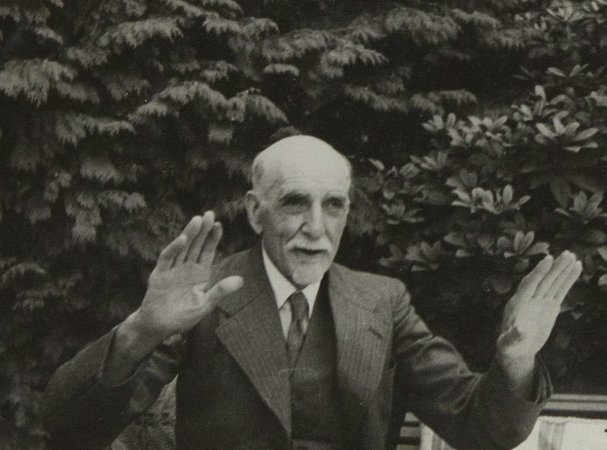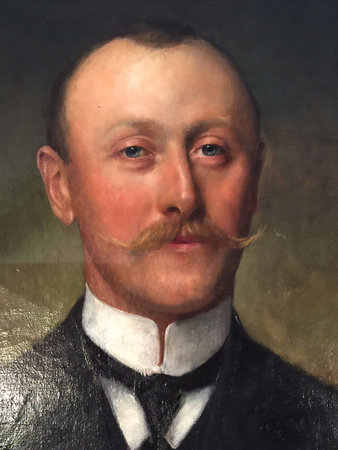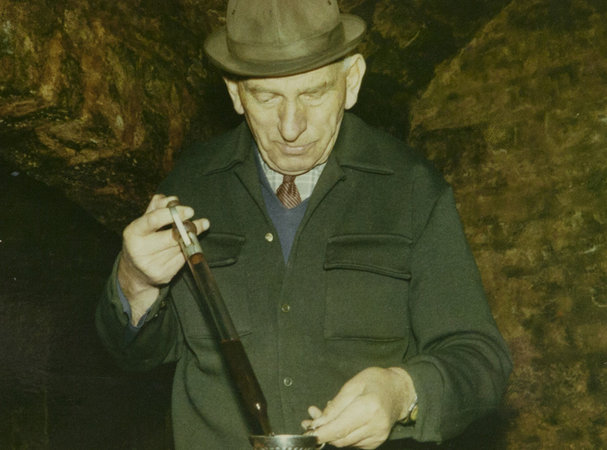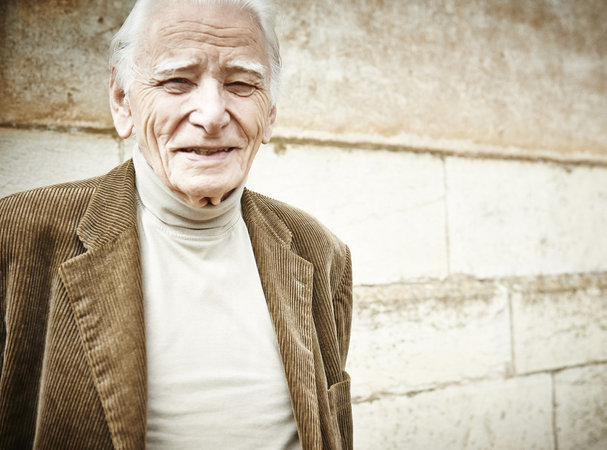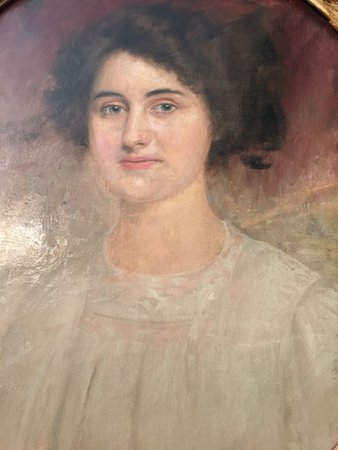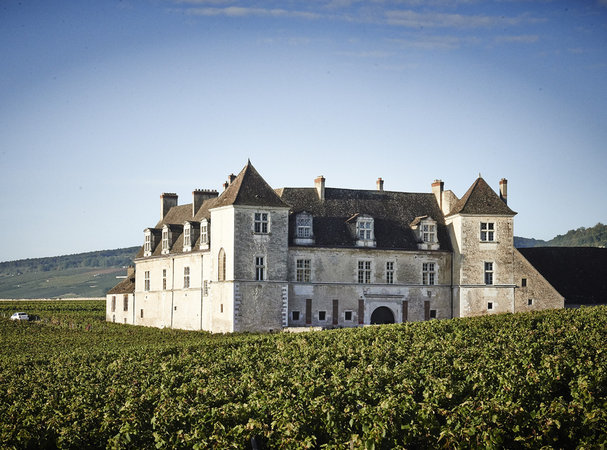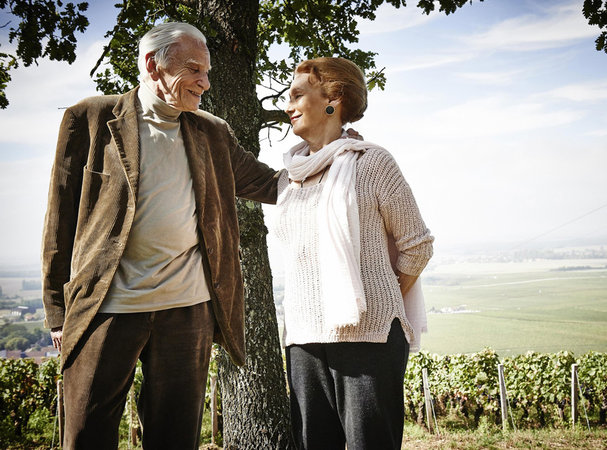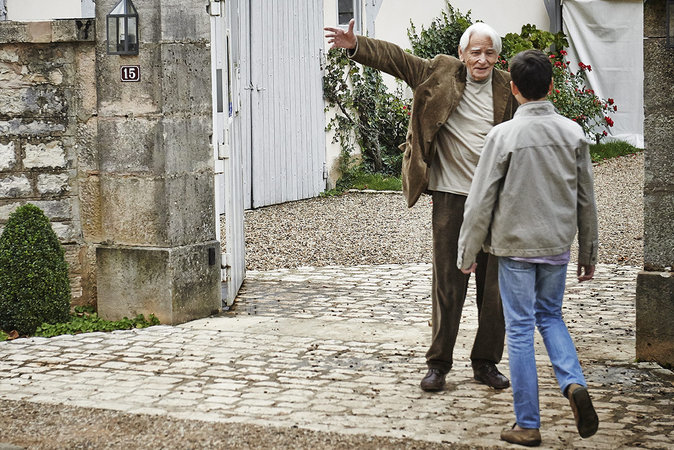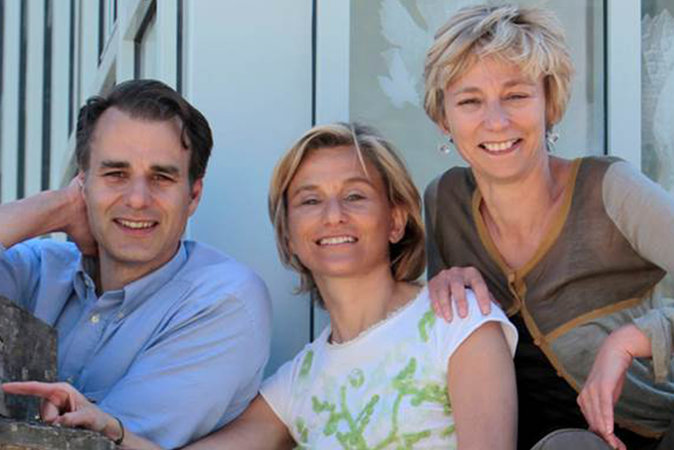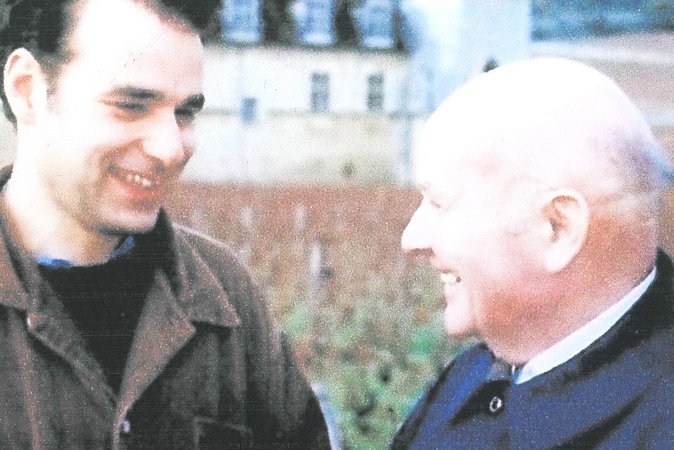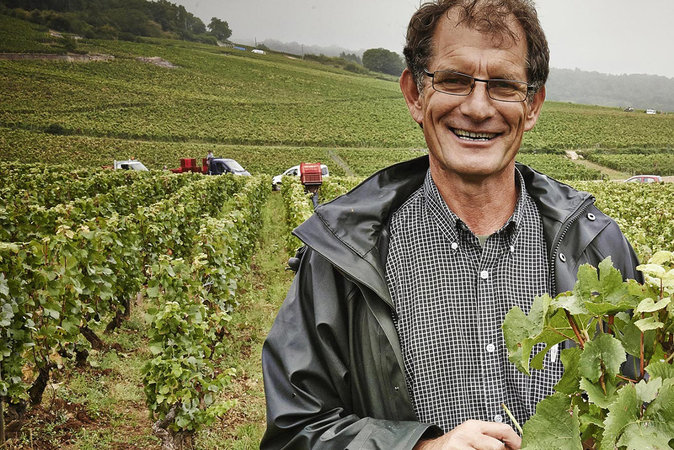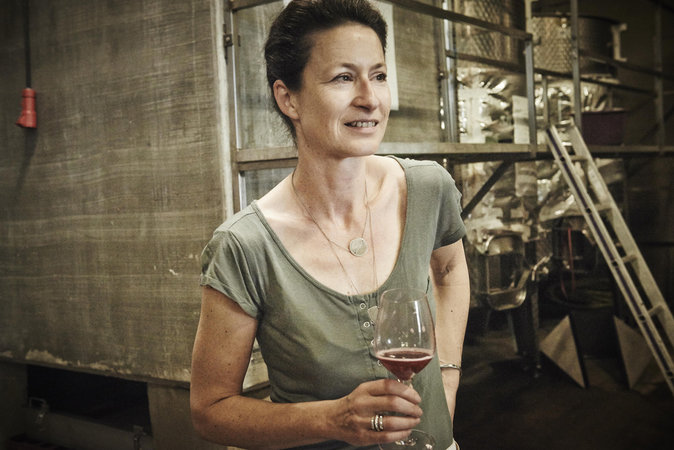-
from louis xiii (1630)
to charles de gaulleFrom winegrowers to engineers
The Méo family originates from the Burgundian village of Selongey, in the north of the Côte d'Or. Although today the vines have disappeared, in 1881 they covered almost 300 hectares, and the family's ancestors, as far back as the early 17th century, were all winegrowers and coopers...
From the mid-19th century onwards, the MEO children chose the path of public service. Jean-Nicolas' great-grandfather was a schoolteacher, his grandfather a civil engineer and his father Jean MEO a mining engineer. Jean would later become a member of the European Parliament and sit on the Council of Paris.
It was through Jean Méo's mother, Marcelle Lamarche-Confuron, who came from an old Vosne winegrowing family (already with a small trading activity) that the Méo family established themselves in Vosne-Romanée.
Jean Méo's grandmother was the first cousin of the colorful Etienne CAMUZET.
A winegrower in Vosne-Romanée, Etienne CAMUZET (1867-1946) was mayor of the village and deputy of the Côte d'Or from 1902 to 1932. He was very active in supporting viticulture, and even played a decisive role in getting the Chamber of Deputies to ratify the amendment enabling the creation of the Appellations d'Origine in 1919.In 1920, he had the opportunity to buy the Château du Clos de Vougeot. As for the vines, it was the upper 20 hectares of the Clos that were for sale... Etienne Camuzet approached his fellow winegrowers in Vosne-Romanée to buy them. He himself kept 3ha, at the foot of the château, but did not live there, preferring to house his sharecroppers (with his political activities, he no longer had the time to run his own vineyards).
He sold it in November 1944: the château had indeed suffered from the war. He had (already!) understood the importance for Burgundy of having a temple of wine to help promote it. Etienne Camuzet therefore chose to hand it over to the Confrérie des Chevaliers du Tastevin.
When Etienne died in 1946, his daughter Maria Noirot-Camuzet inherited the estate from her father and kept the tenant farmers. But she had no children of her own, and when she died in 1959, she bequeathed the estate to her nephew Jean Méo, who at the time was working in General de Gaulle's cabinet.
Having spent time regularly with his uncle Etienne and lived in Vosne Romanée for part of his childhood, he was deeply attached to his village, and so decided to continue the history of the estate, first with the invaluable help of his father Gaston, then his mother. The tenant farmers recruited by the Camuzet family were confirmed in their leases.
Jean Méo was then able to stay with General de Gaulle and pursue his Parisian career, which led him to successively manage major companies: ELF, France Soir, the Havas agency, the Institut Français du Pétrole... He was also elected to the European Assembly and sat on the Paris City Council.
Throughout this period, he relied on four tenant farmers: Jean and Jacques Faurois, Jean Tardy and the great winemaker Henri Jayer. Jayer was one of the first to vinify with systematic temperature control, emphasizing freshness and fruit, and enhancing the wine's nose and texture. Jean Méo managed the estate from 1959 to 1984, when he called on the next generation of winemakers.
In 1981, Domaine Camuzet became Méo-Camuzet, and the first wines bottled under this name were those of the 1983 vintage.
-
The new generations
The ingenious winegrower
Jean Méo and his wife, Nicole, had three children: Isabelle, Angeline and Jean-Nicolas.
In 1984, Jean Méo asked his son to take over the running of the estate. Jean-Nicolas, just 20 years old and a student at ESCP, was not prepared to become a winemaker.
But the many stays at Vosne Romanée with his grandparents had their effect: he agreed to try his hand at it, first completing his studies in France (not without a detour to the University of Burgundy to study oenology) and then spending a year in the USA studying at the University of Pennsylvania, before returning to Vosne-Romanée in 1989.
To learn about viticulture, winemaking the domaine in general, his mentors were Henri Jayer, who, although retiring, agreed to share his know-how and his art of winemaking, and Christian Faurois, son and nephew of other historic tenant farmers on the estate, who taught him the vine and passed on his passion for the land.
With his father's trust in him, Jean-Nicolas quickly took advantage of the wind of change that was beginning to blow through the region to make Henri Jayer's style his own, experimenting with new techniques in the vineyard and cellar, and succeeding in creating his very own method, which he has continued to refine ever since.He marries in 1993. Courageously, his wife Nathalie leaves behind a promising career at LVMH and comes to experience the Burgundian winters with him. They have 3 children, Adrien, Tristan and Séverin.
For several years now, Nathalie has been supporting Jean-Nicolas, helping the domaine to raise its profile beyond its wines.
Since 2008, the tenant farmers have all retired, and Jean-Nicolas cultivates all the estate's vineyards. His main problem is managing the insufficient supply in the face of growing demand.
It's very difficult to expand in Burgundy, land is scarce and very expensive, so he decided to set up a négoce company in the early 2000s. The company was not to compete with the domaine, so it had the same family shareholding and was named "Méo-Camuzet frère et soeurs". And the range was oriented towards more accessible wines, as the domaine is well endowed with prestigious climats.
The principle is to buy the grapes, to ensure a unity of methods, and therefore style, with the estate's wines, right from the harvest. It also favors long-term relationships with suppliers, so as to gain experience of each climat.
For Jean-Nicolas, it was the first opportunity to leave his homeland and adapt to new terroirs. Another opportunity would soon arise to take him to the high seas: Oregon.
Jay Boberg, an old friend he met during his American year, offered to support him in his project to create a winery in the Willamette Valley, poised to become the world's other temple of pinot noir. And so, since 2014, JN has been discovering that Pinot can perform at its best in conditions different from those in Burgundy. Not without the difficulties of adaptation (but that's the principle) and the little miseries associated with creating a business ex-nihilo... This time, it's a more personal project, albeit one supported by the domaine, that has a hand in it.
Nicolas-Jay, as the winery is called, is an important estate in the region today, and one which is teeming with projects. The adventure continues!
No lasting success without a strong team. Christian Faurois, who did so much for the estate, retired in 2018. The team he built up is still there, and is slowly being renewed as "natural" departures occur. Damien Hudelot, who has taken Christian's place, has the same profile: he's a son of the vine. But he's from Chambolle, whereas Christian is from Vosne, so there's bound to be some debate...
And the next generation is growing in strength: 3 Méo sons, something we haven't seen for a long time ... Adrien has chosen public service, Tristan already has a few harvests under his belt and Séverin is set to become an engineer. The saga is ongoing ... -
The "Climats"
